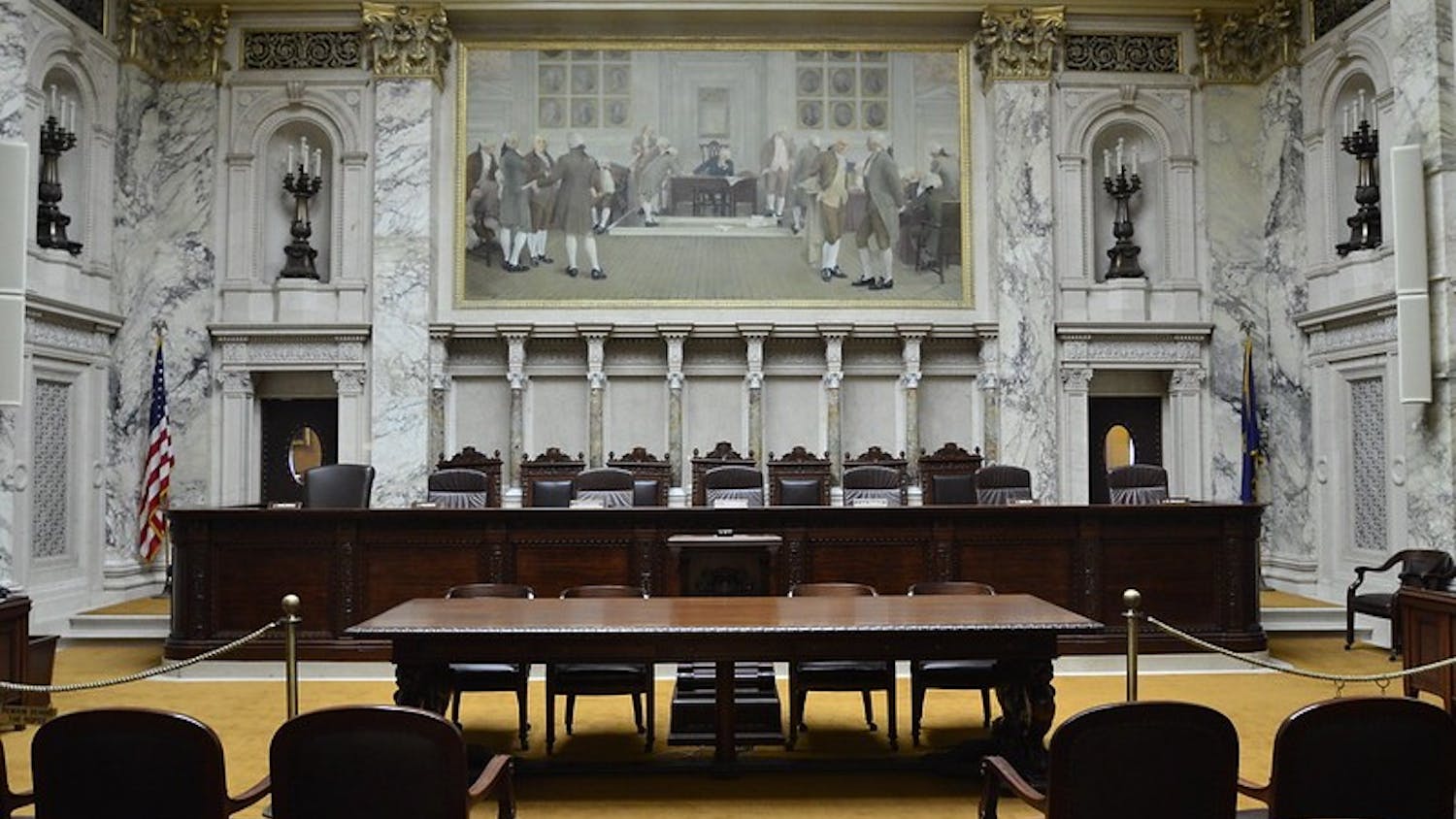The University of Wisconsin-Madison School of Human Ecology (SoHE) strives to cultivate a deeper understanding of human relationships in communities and environment. One exploration of these connections is through material history. The Helen Louise Allen Textile Collection in SoHE houses over 13,000 textiles, each with distinct origins and histories. The University of Wisconsin-Madison Center for Design and Material Culture (CDMC) manages the collection, organizes tours and hosts events like the Textiles from Home exhibition. Little prior knowledge about textiles or material culture is necessary to appreciate the history behind these artifacts or to enjoy the beauty they hold.
From March 14 through March 20, the CDMC held their Textiles from Home exhibition virtually. This celebration of historical and present-day textiles bridges the connection between past and present by exploring textile creation, domestic space and the environment. As a student currently in a class focusing on material culture, this exhibition really attracted me. However, the topics of this exhibition are so abstract and yet so familiar that it truly is an event that anyone could enjoy. Attending this event was free, and it provided valuable opportunities to hear from artists and scholars on their experiences working with textiles in unique ways.
One topic of conversation during this year’s Textiles from Home Exhibition was textiles related to children. “Children at Home in the Archive”, presented by UW-Madison’s Professor Sarah Carter, and her teaching assistant Sam Comerford, took place on Wednesday, March 17th. Professor Carter teaches in the Design Studies department at UW-Madison, and runs the CDMC. Her focus in research and teaching is histories of object based learning and children’s material culture. Sam Comerford is a graduate student at the university, and she facilitates visits to the textile collection.
Professor Carter and Sam Comerford led a discussion of children in the archives first through conversation about the material culture of childhood. Professor Carter discussed her course centralized around the material culture of childhood, and how she studies material artifacts with an interdisciplinary approach. This approach allows her to imagine all of the possibilities one material object may have, and understand its cultural significance. Professor Carter also facilitated an engagement activity to help attendees understand her unique perspective. Each attendee chose a word from a list of about 20, including some like “home”, “craft” and “play”. We were informed we would return to that world selection, but the event transitioned to Sam Comerford’s virtual visit to the textile collection.
Attendees viewed various textiles relating to children, such as apparel, fabrics for children’s spaces and darning samplers. One interesting textile was a woven table cover from the 18th century which was made by a young girl. It showed distinct marks of wear which help illustrate its history. The virtual tour experience helped attendees understand material artifacts by viewing them, hearing a bit about their history, and having the opportunity to ask questions.
Following the tour, Professor Carter brought the discussion back to our word selections, and attendees discussed in small groups how some of the artifacts from the collection could be viewed in a lens which focuses on their chosen word. My group discussed themes of education and home while considering darning samplers and artistic textiles made by children. Sorting these objects in new ways can make visible patterns about what is valued in society and illuminate deeper cultural meanings hidden in textiles. Illuminating these connections is easier when we look at an object from a new perspective, and both Professor Carter and Sam Comerford did a wonderful job pushing attendees to engage in the workshop and discover some of these ideas. Understanding textiles in the home and how they pertain to children and childhood is one way in which the CDMC promotes a deeper understanding of human relationships.
Another presentation given as part of the Textiles from Home exhibition was “Inspirations from Landscapes”, hosted on Friday, March 19th. Sarah Pedlow’s “Making the Global Local Through Embroidered Art Practice” was the first portion of the discussion. Pedlow has a background in photography and mixed media, and through her travels in Romania, Hungary and other European countries, she fell in love with textiles and embroidery.
After studying technique and history from the 1700s and 1800s in southern and eastern European countries, Pedlow has created unique pieces of artwork incorporating embroidery. She shared a series of pincushions inspired by 18th and 19th century layette pincushions, handkerchiefs exploring ideas of spread versus containment using embroidery and stenciled spray paint, and photographs with embroidery laid over them. Viewing Pedlow’s work and hearing her thoughts on the photographs and designs she investigates was a unique experience!
After Sarah Pedlow’s presentation, Lisa Javbratt and Helén Svensson shared their project, “The Color of a Weed.” Javbratt and Svensson draw inspiration from the environment in a much different way than Pedlow. They have been working together on a project to map Santa Cruz Island off the coast of California through color. They use wool from sheep on the island, which were brought in by Spaniards, who destroyed native flora of the island, and dye the wool using colors created from invasive plant species on the island.
Javbratt and Svensson take an eccentric approach to both textiles and the environment. Learning from them through their stories as well as examples of their work was an experience which anyone interested in textiles, the environment, nature or color would truly enjoy. As someone not studying textiles or environmental studies, though, their scholarly and artistic perspectives on both textiles and nature were still engaging to learn about!
Attendees of the Textiles from Home virtual exhibition had many options for presentations to attend, and the CDMC organized a truly successful virtual event. The artists and scholars who presented during the week-long event had unique and important stories to tell which embody the values that SoHE strives to instill in its students. Textiles can sometimes be neglected from the definition of art, but this virtual community arts event brought them to the center of attention.






